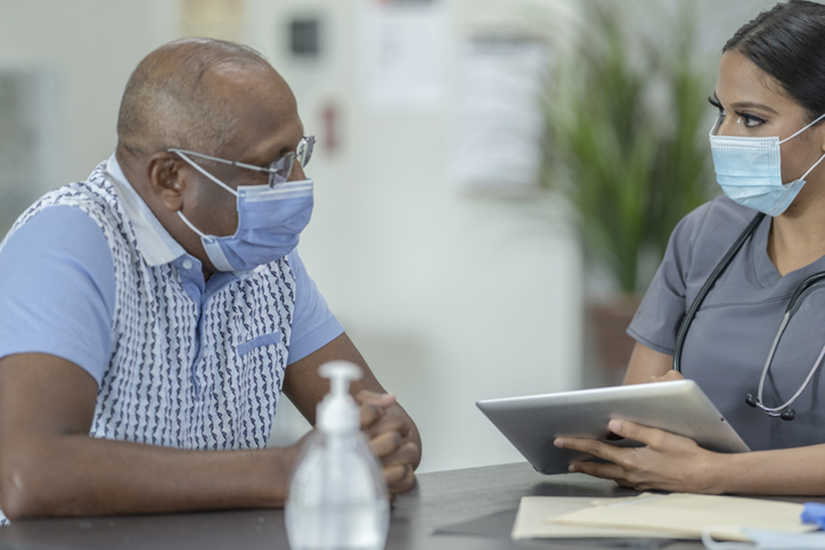Older adults are especially at-risk during and after disasters. They are more likely to have multiple chronic conditions, limitations in daily activities, declining vision and hearing, and physical and cognitive disabilities that hamper their ability to prepare for, respond to, and recover from a disaster or public health emergency. Many are more likely to use electricity-dependent medical devices, such as power wheelchairs and oxygen concentrators. Power interruptions can pose adverse health effects for this group.

According to the 2020 Profile of Older Americans, the U.S. has more than 54 million residents ages 65 or older, and as natural disasters become more frequent and severe, the need for continued focus on addressing the vulnerabilities of older Americans in disasters may grow.
During the month of May, the Office of the Assistant Secretary for Preparedness and Response joins in recognizing Older Americans Month. This year’s theme, “Age My Way,” focuses on how older adults can age in their communities, living independently for as long as possible, and what public and private stakeholders can do to ensure that supportive services adapt to the needs of seniors, allowing older adults to remain at home – or age in place. Here at ASPR, we are going one step further. We ask our stakeholders to explore how aging-in-place efforts underway in many communities can be harnessed to strengthen the disaster resilience of older adults.
Did You Know?
The overwhelming majority of older adults prefer to age in place, remaining in their current homes or communities. According to the Federal Interagency Forum on Aging-Related Statistics, most seniors — 93 percent of Medicare enrollees aged 65 and older in 2009 — are already aging in place in traditional communities.
|
We have resources and programs available to help public health departments, disaster response organizations, and other community-based organizations improve disaster resilience for older populations:
- Capacity-Building Toolkit for including Aging & Disability Networks in Emergency Planning promotes inclusive, whole community planning to address the access and functional needs of older adults and people with disabilities. For community-based organizations with expertise in serving these often-underserved populations, the toolkit enhances the capacity to engage effectively in emergency preparedness, response, and recovery.
- Addressing the Needs of Older Adults in Disasters Web-Based Training improves public health and emergency medical responders’ capability to address the access and functional needs of older adults who are often underserved and disproportionately impacted in emergencies.
- Access and Functional Needs Web-Based Training explains legal requirements for addressing the needs of at-risk individuals, explains access and functional needs, and provides guidance on implementing the CMIST [Communication, Maintaining Health, Independence, Support and Safety, and Transportation] Framework.
- Topic Collection: Access and Functional Needs; Population-Specific Resources: Older Adults assists emergency managers in disaster planning for individuals with access and functional needs, including older adults.
- emPOWER Program Platform provides federal data, mapping, artificial intelligence tools, training, and resources to help protect the health of at-risk Medicare beneficiaries.

